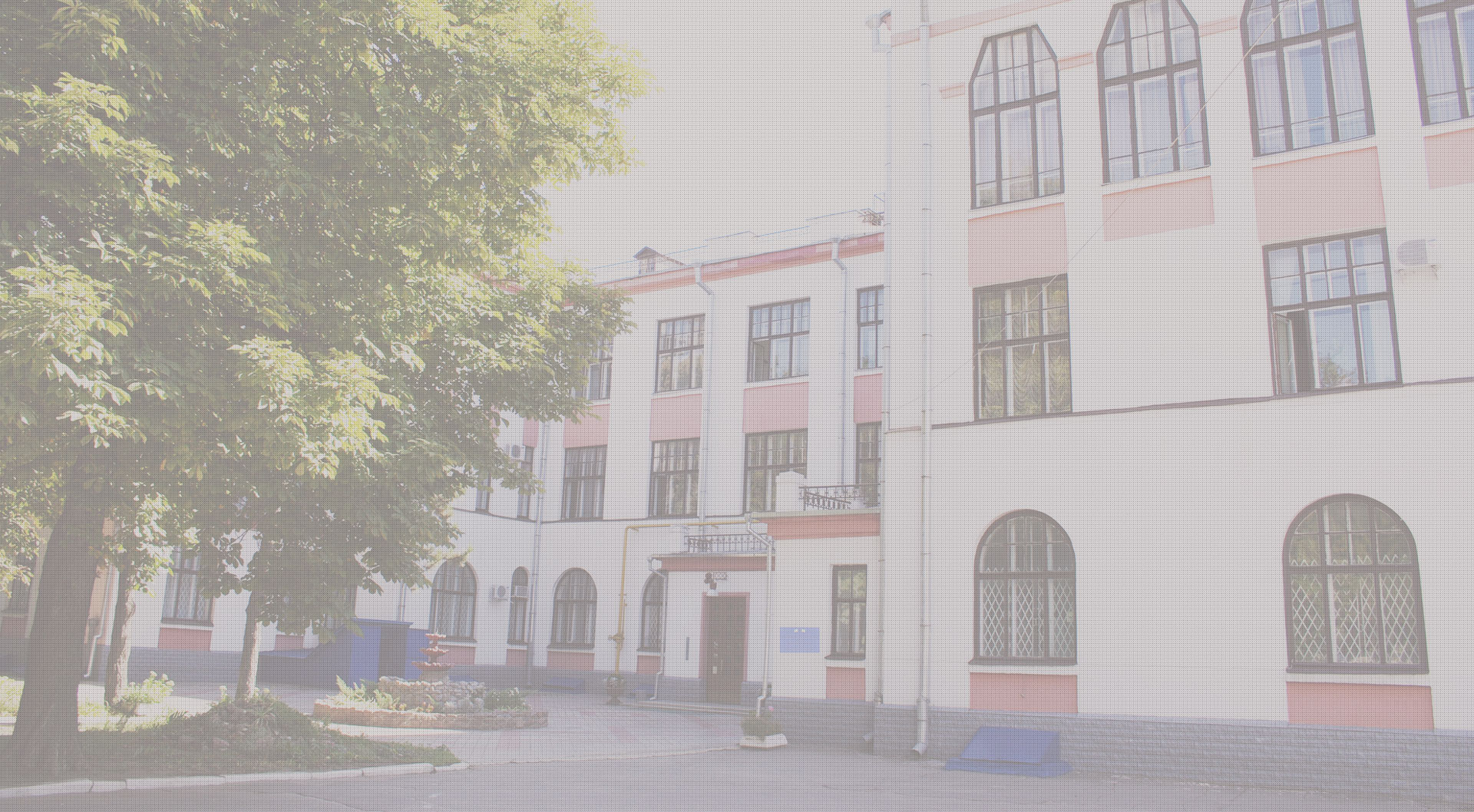The paper presents the results of studies on the effect of regrouping of piglets at different ages on the resistance of their organisms, immunological status, productive qualities and safety of young pigs. The work was performed at “Stas” LLC on large white breed pigs and their crossbreeds. For the experiment, three groups of piglets were formed from suckling sows — analogues. In the experiment 60 animals from birth up to two months of age were used, 20 animals in each experimental group. The control group of piglets was raised from birth up to 60 days of age in nests, and then they were moved to the rearing workshop; Experimental‑1 group was kept up to 10 days old in nests, and then a one-time rearrangement was performed according to live weight. Piglets from experimental group 2 were regrouped according to live weight at 5, 10, 15, 21, 30 days of age. To assess the natural resistance of piglets due to the above groups, hematological, biochemical (total protein, protein fractions) methods, immunological (immunoglobulins of classes IgA, IgM, IgG), and natural resistance (bactericidal activity of blood serum) were used, serum lysozyme activity (LASK), phagocytic neutrophil activity (FAN), phagocytic index (FI), ethological, zootechnical, mathematical. To assess the natural resistance of piglets the following research methods were used: generally accepted zoo veterinary methods (live weight, morbidity, safety), hygienic (microclimate conditions, sanitary regime), hematological (morphological blood composition), biochemical (total protein, protein fractions), immunological (immunoglobulins of classes IgA, IgM, IgG), natural resistance (bactericidal activity of blood serum), ethological and mathematical methods. Results of work. It was found that when growing piglets, nesting, without moving, caused their growth and development without any noticeable physiological disturbances, both from the blood and ethology. In animals (Experimental-1 groups) which underwent a single regrouping in a 10‑day reward, their lag in live weight by 12.65% was recorded, compared with the control, with two and three-time movement (Experimental-2) — by 16.10%. Their SSPs were 28% less and 14.7% lower than in the control piglets. Patients with symptoms of diarrhea were identified in the control: in 3–4 daily reimbursement — 1%, in Experimental-1 — 5%, Experimental-2 — 10–15%. The resistance of young animals to gastrointestinal diseases according to the Melenberg coefficient in the Experimental-2 group was 6.13–7.48, in control group it was 0.34, and the safety did not exceed 80.2%. According to the level of immune status, animals from Experimental-2 group were inferior: by BASK — by 25.15% (28 days of age), by LASK — by 7.56%, by FAN — by 10.7% compared with peers from Experimental-1 groups. By the number of eosinophils (Experimental-2 group), characterizing the stress state of piglets, their decrease was observed within 10–12 days, not more than 5 days — in animals from Experimental-1 group and up to 3 days — from control
Keywords: immunodiffusion test (ID), enzyme-linked immunosorbent assay (ELISA), cattle productivity, recovery
Чёрный Н. В., Донских О. Д., Герасименко А. Н., Козьменко В. В. Превентивные приёмы снижения стрессовых воздействий на организм свиней. Современные тенденции и технологические инновации в свиноводстве : материалы XIX междунар. науч.-практ. конф. (Горки, 4–6 окт. 2012 г.). Горки : БГСХА, 2012. С. 365–369.
Чорний М. В., Хомутовська С. О. Резистентність і збереженість поросят, вирощених при груповому та індивідуальному утриманні підсисних свиноматок. Ветеринарна медицина : міжвід. темат. наук. зб. 2013. Вип. 97. С. 489–491.
Головко В. А., Чёрный Н. В., Хомутовская С. А. Влияние технолого-абиотических факторов на продуктивность и стресс-устойчивость свиней. Проблемы сельскохозяйственного производства на современном этапе и пути их решения : материалы XIII междунар. науч.-производ. конф. (Белгород, 19–22 мая 2009 г.). Белгород, 2009. С. 110.
Картавцева Т. В., Воронов Д. В., Кошелюк Ю. Н., Сенько А. В. Показатели, используемые для оценки антиоксидантной системы крови свиней. Современные технологии сельскохозяйственного производства : материалы X междунар. науч.-практ. конф.. Гродно : ГГАУ, 2007. С. 221–222.
Комлацкий В. И. Этология свиней. Краснодар : КГАУ, 2002. 449 с.
Фёдоров Ю. Н. Иммунокоррекция: применение и механизм действия иммуномодулирующих препаратов. Ветеринария. 2005. № 2. С. 3–6.
Курчатов В. А. Предотвращение стрессовых воздействий на организм поросят при раннем отъёме. Совершенствование технологий сельскохозяйственного производства. Москва, 1975. С. 136–138.
Митрофанов О. О. Інтер’єрні і продуктивні показники молодняку свиней за впливу паратипових факторів : автореф. дис. … канд. вет. наук. Харків, 2012. 22 с.
Плященко С. И., Сидоров В. Т. Стрессы у сельскохозяйственных животных. Москва : Агропромиздат, 1987. 95 с.
Шевцов Ф. Два фактора напряжённого иммунитета. Животноводство России. 2007. № 12. С. 39.
Трубников Д. В. Стрессовые реакции и адаптационные возможности свиней в условиях современных промышленных комплексов. Научные проблемы производства продукции животноводства и улучшения её качества : сб. науч. тр. междунар. науч.-практ. конф. Брянск : БСХА, 2010. С. 218–221.
